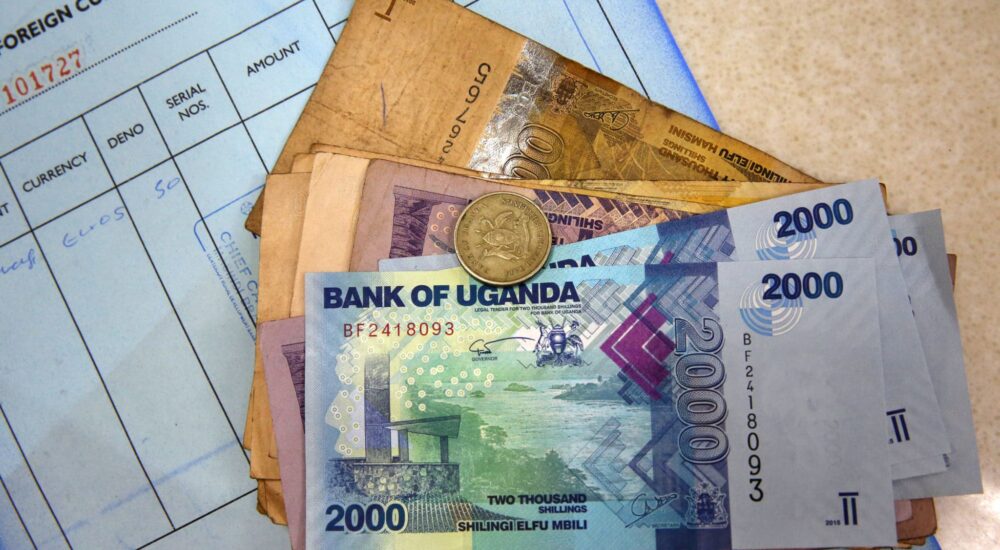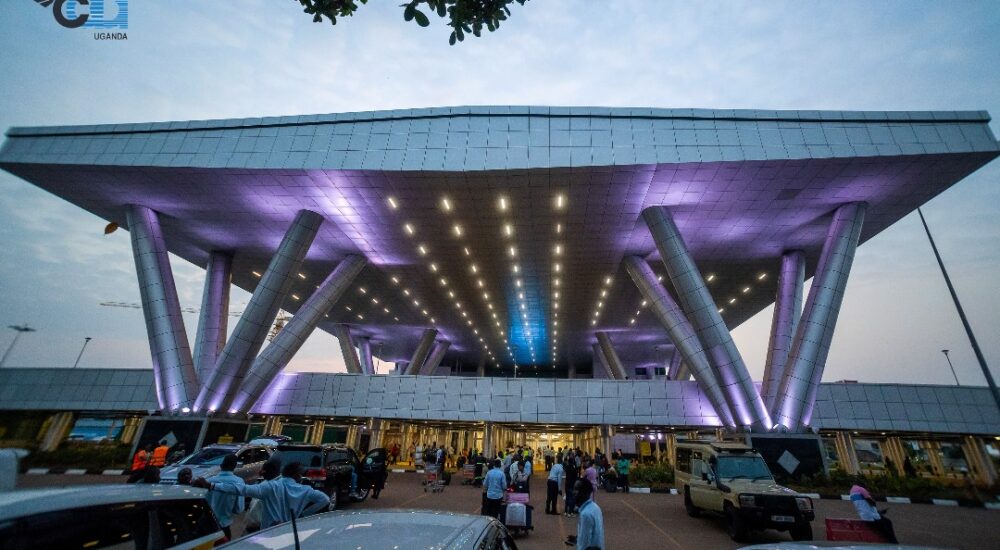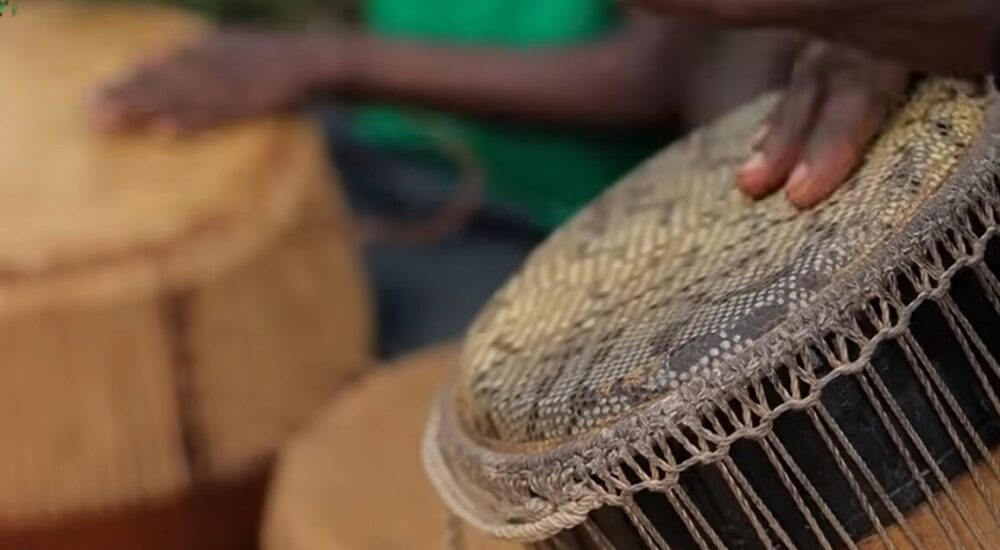Uganda, also known as the "Pearl of Africa," offers an array of experiences for travelers—from…
Kahuzi Biega National park
Kahuzi Biega National Park is in the eastern part of the Democratic Republic of the Congo (DRC). It is on the western shore of Lake Kivu, about an hour’s drive from the town of Bukavu. Adrien Deschryver, a Belgian photographer and environmentalist, made this park in 1970. Its name comes from the two dormant mountains that are in the park.
It is called Mount Kahuzi and it is 3,308 meters high. It is also called Mount Biega and it is 2,790 meters high. With 6,000 square kilometers of land, this national park is one of the largest in Conakry.
The unique variety of plants and animals that live in the rain forest and the fact that lowland gorillas (Gorilla beringei graueri), which are thought to be very rare, call Kahuzi Biega National Park home made it a UNESCO World Heritage Site in 1980. About a third of the park is lowland, and the other third is hilly.
The national park of Kahuzi Beiga
Kahuzi-Biega National Park is one of the most important places in the Albertine Rift Valley. It is known as having some of the most varied ecosystems in Africa and the world. In this area, it is easy to see the change from low-land to high-land plant zones.
In this area, there are six different types of main flora. These are peat bogs and swamps, high-altitude rainforests, mountain rainforests, bamboo forests, subalpine heather, and Senecio kahuzicus, which grows at 2,600 meters on top of Mount Kahuzi and Biega.
Many animal and bird species live in the Parks Mountains, forest areas, marshes, and large swamps. Most people who come to the park want to see the Eastern lowland gorilla. The mountains and the lowlands are the two parts of Kahuzi Biega National Park where lowland gorillas live on. There have been about 170 people seen in the mountains. It’s been hard to guess how many gorillas are in this area because rebels and groups are still roaming the lowland parts of the park.
Blue monkeys, chimpanzees, Dent’s Mona, red-tailed monkeys, and owl-faced monkeys live in the park, along with Angolan Black Monkeys. The park is home to many animal species, such as bongos, forest hogs, bush buffalo, bush elephants, eastern needle-clawed galagos, hylocheres, and Maclaud’s horseshoe bats.
There are animals that are only found in this area. They are the Mount Kahuzi climbing mice, the Maclaud’s horseshoe bats, the eastern needle-clawed galagos, the giant gennets, the Alexander’s bush squirrels, and the Ruwenzori least otter shrews. The Grauer’s broadbill, the Grauer’s warbler, the Rockefeller’s sunbird, and the Shelley’s crimsonwing are just a few of the birds that can only be found here.
The national park of Kahuzi Beiga
A chief from the Bakanga clan of the Batwa people who lived in the woods near Mount Kahuzi helped set up a boundary with surveyor’s chains in the 1970s. When he agreed, he didn’t know that he was being forced to take part in the process that would seal his own fate. When he finally realized what was going on, some time had passed. He knew what was going on: his neighborhood. It was against the rules for him to be in the forest where they had lived and protected for thousands of years.
People used to think that people and nature couldn’t live together, so the last hundred years of protection were spent keeping local people from getting to their lands. The different names for this way of thinking are “colonial conservation,” “fortress conservation,” “coercive conservation,” and “militarized conservation.” Even though people had a good intention of saving nature and biodiversity, this way of thinking often meant that outsiders had to use force to set up and run protected areas.
Things that you can do in Kahuzi Biega National Park
Gorilla hiking in the Eastern Lowlands
In Congo’s Kahuzi Biega national park, people love to go on treks with eastern lowland gorillas. The Eastern lowland gorilla is different from all other types of gorillas because its body is thick, its hands are big, and its face is small.
It mostly eats veggies and other plant-based foods. Two groups of eastern lowland gorillas have become used to people going on gorilla treks in Kahuzi Biega National Park. You will not be tracking other gorilla families because they are wild and can hurt people because they are not used to being around people.
In Kahuzi Biega National Park in Congo, you have to follow different trails to see gorillas based on where they slept the night before. The walk to find gorillas can take anywhere from 30 minutes to 5 hours. Once you find them, you can spend an hour with them.
Hiking on Mount Kahuzi and Biega
Hiking with the eastern lowland gorillas is one thing you can do in the Park. From the tops of Mount Kahuzi and Mount Biega, you can also enjoy the stunning views. In the middle of the Park, these hills can be found. According to the Park’s website, Mount Kahuzi is 3308 meters high and Mount Biega is 2790 meters high. These mountains provide stunning views of the Park’s wildlife, nearby communities, and neighboring countries. The bamboo and subalpine plants are home to many animals, including owl-faced monkeys and birds.
Seeing birds in Kahuzi Biega
The park is a great place to watch birds because it has 349 different kinds of birds. People who like to watch birds will most likely see them in forests, open grasslands, woodlands, highlands, open water, swamps, and marshes. Some bird species can only be found in the Rift Valley area. This makes it a great spot to see rare bird species. This is where you can see Rockefellers, Yellow-crowned helmet-shrikes, Congo peafowl, Ruwenzori turacos, sunbirds, and trogons.
Going to the Lwiro Conservation Centre
Lwiro is a great place to help chimpanzees get better, teach people about conservation, and reach out to the public because it is close to Kahuzi-Biega National Park (KBNP), which is the third most important place in the world to protect the Eastern Chimpanzee. The chimps and 13 different kinds of monkeys live at Lwiro. There are also parrots, turtles, and a porcupine. All of them have been hurt by hunting and the pet trade.
What to bring on your trip to Kahuzi Biega
A few shirts with long sleeves
A few t-shirts with short sleeves
If you’re going hiking, wear light pants or jeans that dry quickly.
Shorts
Sweater or sweater?
A jacket that keeps out rain and wind
If you want to go gorilla hiking, you should wear gardening gloves or something similar.
When hiking, it’s best to tuck your pants into your socks and boots. You could also wear sports shoes.
S Sunblock
Sunglasses
Repellent for bugs
A small day pack
Lighter
Seeing aids
Some extra batteries
Camera and extra filters to capture gorillas and other wildlife in motion
Personal hygiene items
Medicines
Kit for first help
Gorilla Trekking: Getting Used to High Altitudes and Elevation
When is the best time to visit Kahuzi Biega National Park?
The best time to visit Kahuzi Biega is from May to September, when it is dry. It doesn’t rain much in July and June. Also, the temperature drops a little during these months. The dry times are shorter in January and February. Avoid “peak tourist season” in DRC; the crowds haven’t come yet, so you don’t have to.
Things you might not know about Kahuzi Biega National Park
There are only two parks in the world where you can find lowland gorillas, and Kahuzi Biega is one of them.
Adrien Deschryver, a Belgian photographer and environmentalist who created this park in 1970, also spent time here with the gorillas and got them used to people.
Mount Kahuzi (3,308 m) and Mount Biega (2,790 m), which are in the park, gave it its name.
It was named a World Heritage Site in 1980 because it is home to about 2,000 of the world’s living lowland gorillas.
It is home to many different kinds of birds, as well as lowland gorillas and forest elephants.
Follow the giraffes on a hike in Uganda
The best way to get to Kahuzi Biega National Park
The main office of Kahuzi Biega National Park is about 230 kilometers away by car; it takes 5 hours to drive there from the Rwandan side of the border with Tanzania. Bar Aviation also lets people rent small planes from Kavuma airport or Entebbe, Uganda.
The Mpungwe gorilla family lives in Kahuzi Biega National Park.
Is the largest gorilla family in the Park among the groups that live there. Tourists who like to go on treks love to see the lowland gorilla family in big groups. There are 21 gorillas in the Mpungwe family.
Family of Chimanuka gorillas
People who go on treks say that going with this ape family is fun because the members are so friendly. The 19-member Chimanuka gorilla family is led by a powerful silverback, which is how the family got its name.
Family of Nganwa gorillas
This family is still getting used to their new surroundings, so gorilla hiking is not possible yet. Eight adults and four children live in the family.
Family of Bonnani gorillas
The Bonnani family is the smallest group of lowland gorillas in Congo. The Bonnani gorilla family is one of the new gorilla groups that has five members.
The Kahuzi Biega National Park is in danger.
Bushmeat hunting, illegal mining, and cutting down forests for farming inside the park, along with the presence of armed groups in the lowland areas, have made Kahuzi Biega National Park and its natural values very vulnerable. Because of this, important mammal species are in danger, parks aren’t being managed well, and protection staff aren’t safe. In 2023, the ICCN and the Congolese army (FARDC) made the park safer by getting rid of armed rebel groups from about two-thirds of it and stepping up efforts to stop hunting.
To stop illegal mining, a surveillance team is taking apart active mines. Strong law enforcement will need to keep working in the future to make sure that mining doesn’t happen again. This is because the whole land isn’t being watched, and there’s a chance that things will stay unsafe. Illegal farming groups are being stopped by moving 90% of the farmers out of the ecological corridor between the high-altitude and low-altitude sectors. But it’s still important to figure out how this threat affects the area and fix it up.


